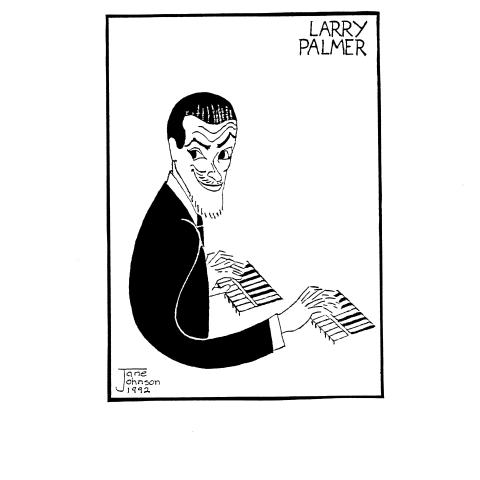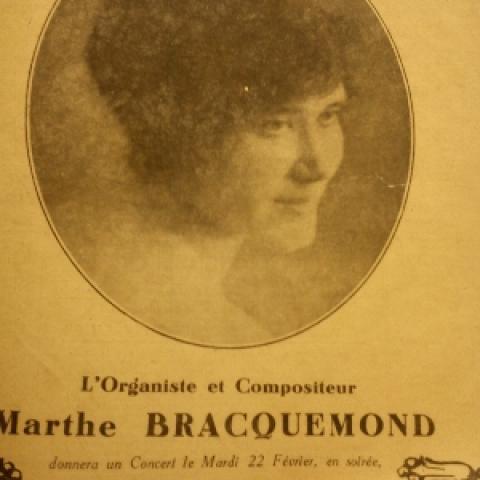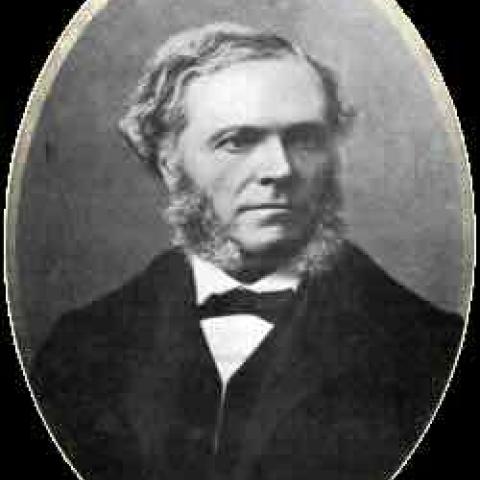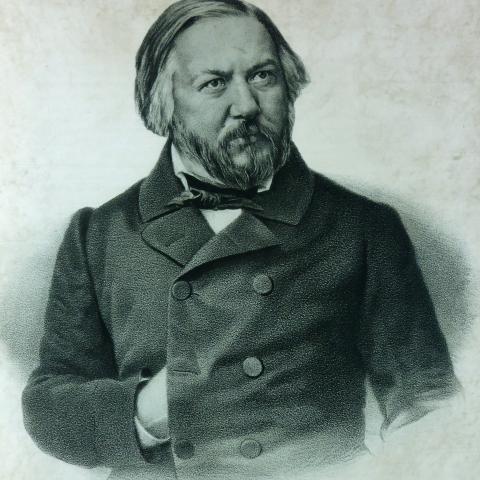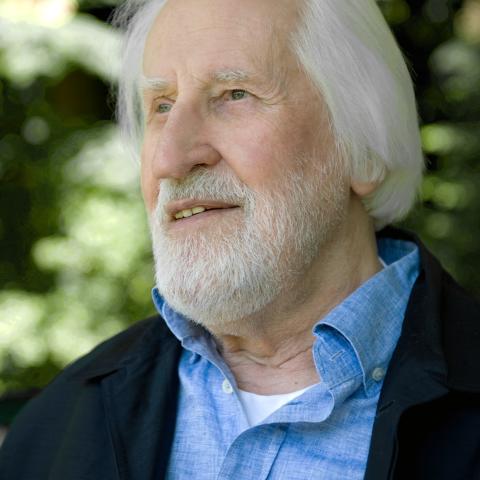
In 2019 there are several composers whose anniversaries can be commemorated, albeit some of the precise birth and death dates are not known for certain. Several names below need no introduction, but there are also quite a few lesser-known names listed here whose compositions are well worth exploring. No claim is made for completeness, and there is no guarantee that every edition is readily available and in print—there may well also be editions by other publishers. Publishers’ websites have been given where known. Details of a few composers whose preserved output consists of only one or two pieces have been omitted.
An increasing number of pieces, ranging from complete, original publications or manuscripts (which present the usual problems of multiple clefs as well as original printer’s errors) to modern versions of complete or individual works, are to be found on various free download sites, most noticeably IMSLP/Petrucci Music Library (http://imslp.org); however, the accuracy of some modern typesetting is highly questionable, and all should be treated with caution before use.
Aurelio Bonelli (1569–ca.1620) was born in Bologna. He succeeded Adriano Banchieri as organist of Boscom and was listed as organist in Bologna in 1620. His collection Il primo Libro di Ricercari, et canzoni a quattro voci con die Toccate e doi dialoghi a otto was published in Venice in 1602. The ricercars have been edited by Candida Felice for Armelin, Padua, as Fiori Musicali (FM 002). This edition also includes the intabulated versions found in the Torino Fiori Musicalimanuscripts. The canzoni, toccate, and dialoghi have been edited by Federico del Sordo, also for Armelin (AMM 299). Eight canzonas, the final two of which are also set at a fifth and a fourth lower respectively, are for solo keyboard instrument. A toccata in eight parts is arranged for two keyboards, as is a Dialoghi. A further piece in eight parts is for two choirs.
Jakob Hassler (1569–1622), a brother of Hans Leo Hassler, was organist to the Fuggers in Augsburg, and later organist to the imperial court of Rudolf II in Prague. In addition to some madrigals and choral music, seven pieces for keyboard including three ricercars, a canzona, a fantasia, a fuga, and a toccata have survived in the Torino manuscripts. These have been edited by Hartmut Krones for Verlag Doblinger as DM570 in the Diletto Musicale series.
Anthoni van Noordt (ca. 1619–1675) lived in Amsterdam where he became organist of Nieuwezijdskapel in 1652 and of the Nieuwe Kerk in 1664. His Tablatuur-Boeck van Psalmen en Fantasyen of 1659 contains ten psalm settings with from one to eight verses and six fugal fantasias. The notation shows the pedal part in German organ tablature. The complete book has been edited by Jan van Biezen for Vereniging voor Nederlandse Muziekgeschiedenis, Amsterdam as MMN11.
André Raison (ca. 1648–1719) became organist of the abbey of Sainte-Genevieve, Paris, in 1665. His Livre d’Orgue of 1688 contains five Masses in the first, second, third, sixth, and eighth Tones with five versets for Kyrie, nine for Gloria, three for Sanctus, one Elevation, two Agnus Dei versets, and a Deo Gratias, along with an Offertoire in the 5th Tone. Edited by Alexandre Guilmant and André Pirro in Archives des Maîtres de l’Orgue des XVIe, XVIIe et XVIIIe siècles, volume II for B. Schotts Söhne and by Norbert Dufourq for Éditions Musicales de la Schola Cantorum et de la Procure Générale de musique (SCOL105). It has also been edited by Nicolas Gorenstein in three volumes for Editions Chanvrelin. A facsimile from Fuzeau is out of print but may be available from second hand sites.
The second Livre d’orgue sur les Acclamations de la Paix tant désirée (1714) commemorates the Treaty of Utrecht and contains preludes and fugues, an offertoire, ouverture, allemande grave, and some eighteen noëls. It has been edited by Jean Bonfils for Éditions Musicales de la Schola Cantorum et de la Procure Générale de musique (SCOLQ109). It has also been edited by Nicolas Gorenstein in one volume for Editions Chanvrelin. Further pieces are in the Livre d’Orgue de Limoges, which also contains pieces by G. Julien and G. Corrette; this has been edited by Jolando Scarpa for Musica Restituta, Music Reprints, and also by Nicolas Gorenstein in two volumes for Editions Chanvrelin. A facsimile is available from Fuzeau (Ref 2632).
Giovanni Maria Casini (1652–1719), organist of the cathedral in Florence and to Grand Duke Cosimo III in Tuscany, published a set of twelve Pensieri per l’organo in Partitura in two volumes in 1714. Most of these elaborately contrapuntal pieces are in two or three movements, these being variations in a different rhythm, frequently dance based, of the opening movement. The complete set has been edited in one volume by Milton Sutter for Ricordi (133218) and in two volumes by Jörg Jacobi for Edition Baroque, Bremen (eba 4013 and 4014).
Miguel López (1669–1723), a Benedictine friar who studied theology, was also maestro de capella and organist in Marid, Valladolid, and Montserrat. He composed sacred and secular vocal music, orchestral music, and organ music, of which three Llenos, an Exercici d’ecos i contraecos, a Partit de mà dreta (i.e., a piece for divided keyboard with the solo in right hand), three sets of Versos on the eight Tones, and a set of eight Versos on the first Tone have been edited by David Pujol in Mestres de L’Escolania de Monserrat, Vol. IV, which also contains sixteen Pasos for keyboard by Narciso Casanoves. A further six settings of Pange Lingua and two settings of Sacris Solemnis have been edited by Gregorio Estrada in pages 181–198 in volume VI of the same series, the great majority of the volume containing vocal settings of the Mass.
Louis Marchand (1669–1732) was organist of several churches in Paris and also to the French King. Twelve of his organ works were published posthumously, and some forty-two survive in manuscript, which have been edited by Alexandre Guilmant in Archives des Maîtres de l’Orgue des XVIe, XVIIe, et XVIIIe siècles, volumes III (the print) and V (manuscript pieces) for B. Schotts Söhne. Jean Bonfils has edited the organ works in three volumes for Alphonse Leduc (ALHE32989-91); volume 1 contains the twelve pieces, volumes 2 and 3 contain manuscript works. A facsimile of Pièces choisies pour l’orgue 1740 has been published by Fuzeau (Ref 2665). Also available in facsimile from Fuzeau is Pièces d’orgues manuscrites (Ref 3172), which includes autograph manuscripts with the composer’s corrections, now in the Municipal Library of Versailles.
Marianus Königsperger (1708–1769) was organist and choirmaster of Prüfening Abbey. He published a large amount of church music in Latin as well as chamber music and keyboard pieces. Modern editions of the latter include Praeambulum cum fuga primi toni facili methodi elaboratum (prelude and fugue on each of the eight Tones) originally published in three volumes between 1752 and 1756, edited by Laura Cerutti for Armelin (AMM151)—the fugue on the eighth Tone is missing—Der wohl-unterwiesene Clavier-schüler . . . VIII Praeambula, XXIV Versette, und VIII Arien (i.e., eight sets of preludes, 24 versets, and 8 arias on each of the eight Tones) of 1755 edited by Laura Cerutti for Armelin (AMM030). A Praeambulum in C minor and a Fuga in C major from Fingerstreit oder Klavierübung of 1760, together with three of the preludes and fugues and two arias, has been edited by Eberhard Kraus for Otto Heinrich Noetzel Verlag, Wilhemshaven, in Cantantibus Organis, volume 5 (ref 3465). This volume also contains three preludes and fugues by Placidus Metsch along with three fugues and two sets of Versetten by Georg Pasterwitz.
William Felton (1715–1769) was vicar choral at the cathedral of Hereford and an amateur composer. He left thirty-two concerti for organ or harpsichord based on Handel’s, in five sets of six, opp. 1, 2, 4, 5, and 7 (the latter set was reissued with eight concerti), and two sets of Eight Lessons for the harpsichord, opp. 3 and 6. The keyboard part for the six concerti in opus 1 has been edited by Greg Lewin and is self-published (OM131).
William Walond (1719–1768), assistant organist of Christ Church Cathedral, Oxford, left two sets of works. Organ Voluntaries, opus 1, is a set of six two-movement voluntaries (ca. 1752)—three are for Cornet, one is for Cornet and Flute, one is without registration indication, but clearly for Cornet or Flute, and the final one is a prelude and fugue—and has been edited by Greg Lewin and self-published (OM102; a facsimile is available as OM102A). Also there is Ten Voluntaries, opus 2, printed in 1758, with a much wider range of pieces comprising three single-movement fugues, a single-movement piece alternating between Sesquialtera in the left hand and the Swell, and six two-movement pieces including one prelude and fugue, one Voluntary for Cornet and Flute, one for Trumpet, its Echo and Flute, one Voluntary for the two Diapasons, Principal, and Fifteenth, one for the full swell and Vox Humana or Bassoon, and one for Flute, edited by Greg Lewin (OM110).
Friedrich Christian Mohrheim (1719–1780) attended the Thomasschule in Leipzig from 1733 to 1736 and acted as J. S. Bach’s copyist, later becoming Kapellmeister in Danzig. He left seven trios for organ, three of which are on chorale melodies, and six chorale preludes. The complete pieces have been edited by Maciej Babnis for Organon in three volumes (ORG0007–9), and the trios have been edited by Maurizio Machella for Armelin (AMM 223).
Joaquín de Ojinaga (1719–1789), born in Bilbao, became organist of the Chapel Royal, Madrid, and then of the cathedral of Toledo. Eleven pieces comprising five Fugas, a Paso, an Intento, two sonatas, and two minuetos have been edited José López-Calo for Eusko Ikaskuntza Sociedad de Estudios Vascos as Cuadernos de música 2. It can be downloaded free of charge from http://hedatuz.euskomedia.org/8679/1/obras_musicales.pdf.
Nicolas Séjan (1745–1819), an organist in Paris, left a set of six sonatas for harpsichord with violin accompaniment as his opus 1, and a Recueil de pièces (13) for the harpsichord as his opus 2, as well as a posthumously published print, Trois Fugues et plusieurs Noëls pour l’Orgue, which has been edited by Nicolas Gorenstein for Editions Chanvrelin.
Pierre Nicolas Verheyen (ca. 1750–1819) was an organist in Gent. Seven pieces in a manuscript (two andantes, four one-movement sonatas, and a Nouvelle Marche) have been edited by Armando Carideo for Ut Orpheus (ES14).
Carlo Gervasoni (1762–1819), born in Milan, became maestro di cappella at Borotaro in 1789. His three-part treatise La Scuola della Musica of 1800 contains much useful information about organs and performance practice as well as some Lezioni d’organo, which have been edited by Maurizio Machella for Armelin (OIO 109).
Giulio Maria Delfrate-Alvazzi (1772–1819), organist in Varzo and Cattagna, left a handful of pieces in manuscripts, of which three single-movement sonatas, an Elevazione Bellissima, a Presto, an Andante, and seven versetti have been edited by Luca Lovisolo as volume II of the Flores Organi Cisalpini series, Edizione Carrara (4158).

